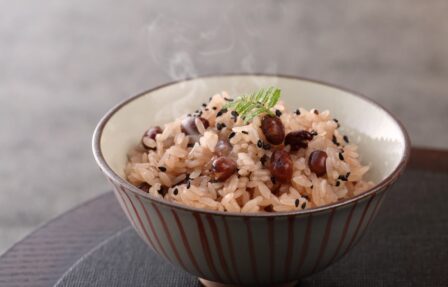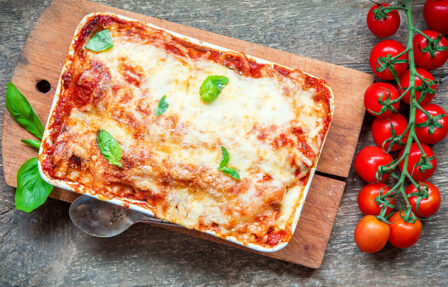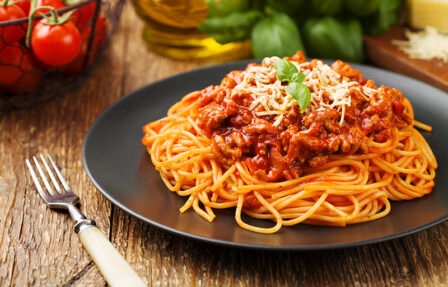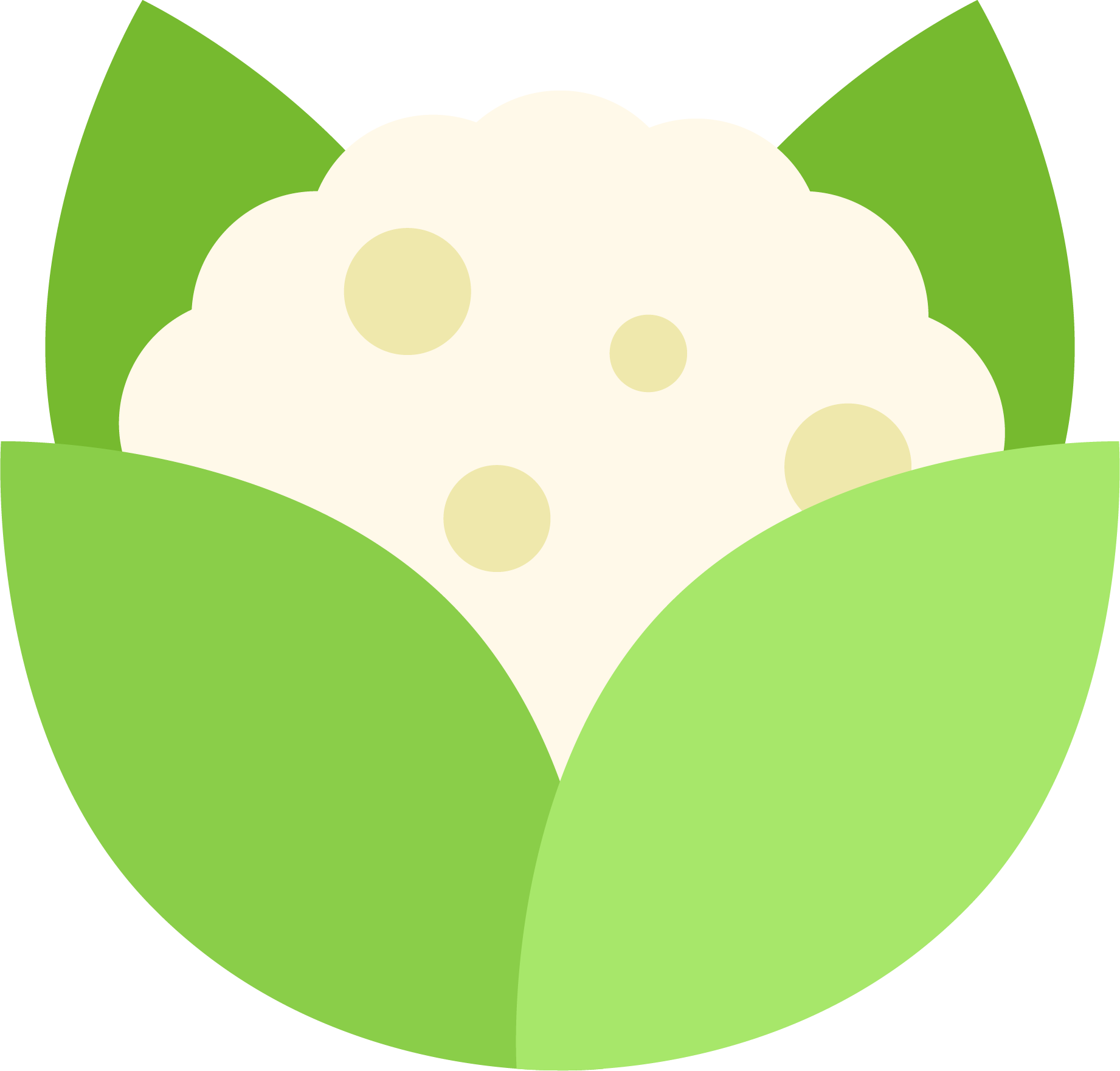Aubergine
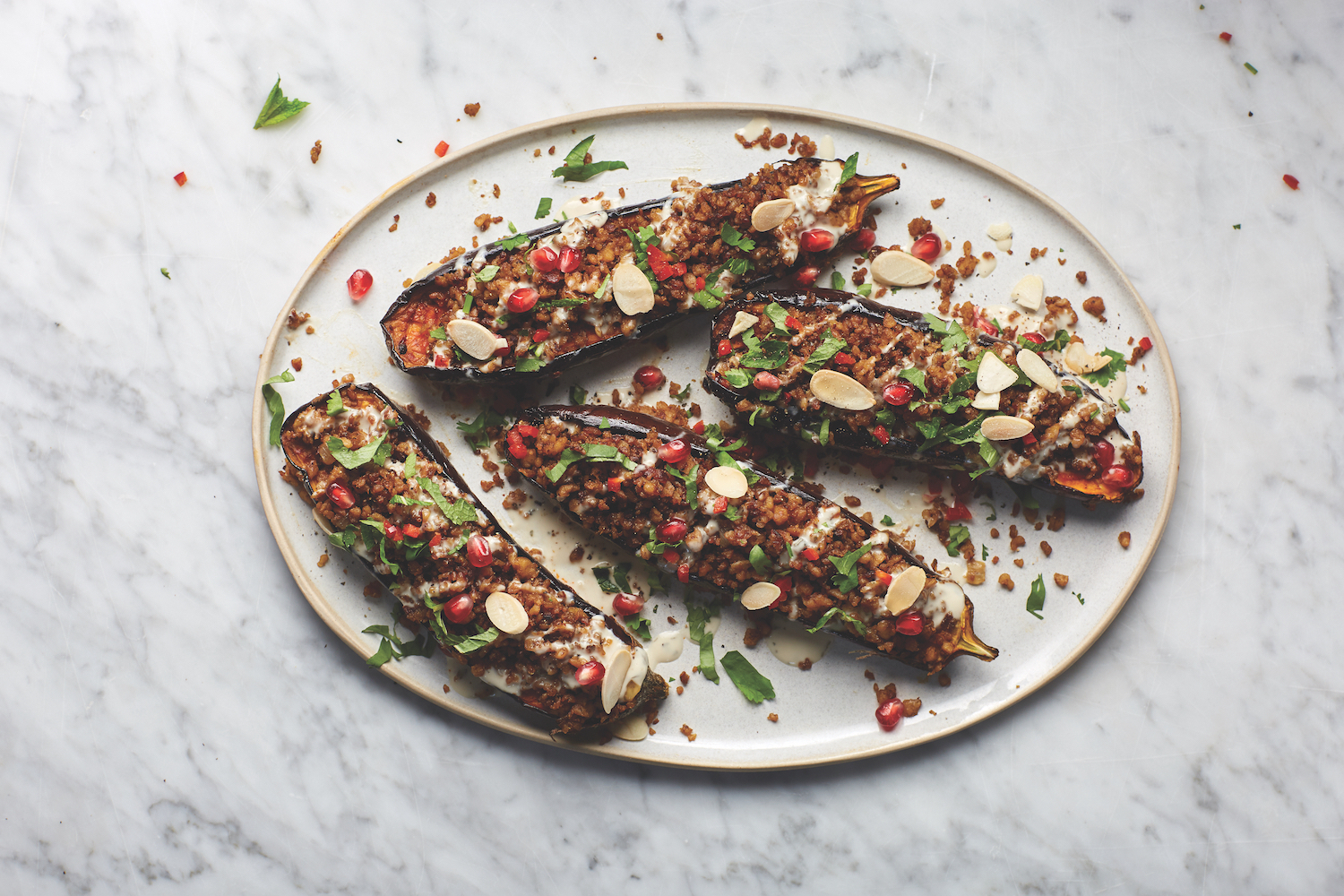

The aubergine is as exotic as it sounds. Originally coming from Burma, they travelled with Arab traders to Spain and then on to Britain. The Americans call them eggplants, because the first variety in their country had smaller white or yellow egg-shaped fruit. We have purple ones, which make them very useful if you are trying to eat the rainbow.

Nutrition
They’re great for fibre so will help to keep you nice and full as well as being rich in Vitamins C, K and many of the B’s.

Shopping Guide
Aubergines can vary in colour but they are typically a deep purple. The skin shouldn’t give when light pressure is applied and they should feel heavy for its size.

Serving Suggestions
Try halving an aubergine lengthways, rubbing with oil and a little salt and roasting for 30-40 mins, until soft and caramelised. It’s as sweet as aubergine gets! Top the roasted aubergines with sauces, bolognese, cheese, or your favourite toppings.

Storage
Store your aubergines in the fridge or a dark cupboard away from direct sunlight for up to six days. Try to keep your aubergines away from moisture by separating it from other produce.

Seasonality
Buying veg in season is not only great for the planet, it can be good for your wallet, too! Seasonal veg are often cheaper and frequently taste better, so can be a better time to try with a child as the often sweeter, riper taste is more enjoyable.
Coming In:
May
At Its Best:
June - October

Engage
Here are some of our favourite ways to engage kids with aubergines:
Arts & Crafts
Start simple with some non-food based engagement. This is especially helpful for a fussier child or those with sensitivities around food.
DOWNLOADS:
For aubergines, why not download, cutout and colour-in an aubergine veg facemask?

Science
Science allows for curiosity, play and hands-on experiments. It helps kids to become fascinated with veg – how it looks, reacts, smells, cooks and more. Finding fun and simple experiments to allow kids to play with their veg makes them curious about it and helps them approach it in a positive way.
Aubergines contain loads of water – you can explore this with the “sweaty aubergine” experiment. Yep, that’s what it’s called! Put two thick slices of aubergine onto two plates. Sprinkle one with 2 teaspoons of salt. Leave it for an hour, then come and check on it. Which one looks “sweaty” and is covered in water droplets? Keep a video or written record of the experiment and see if you can figure out what has happened. The salt on the outside of the aubergine has drawn the water that is moving in and out of cells to the outside of the plant, making it look “sweaty”! This is why, if you are frying aubergine and want it to be less mushy and more deep in colour and flavour, it is recommended that you pop the cubes or slices into a colander and sprinkle with salt, leaving for half an hour to draw some of the water out, making it release less water when it cooks.

Sensory
Sensory exploration can be a wonderful introduction to physically interacting with veg. Turn it into a positive, pressure-free experience by starting off with the golden rules of “You don’t need to try and you don’t need to like.” Reassuring a child that, while they have a chance to taste a veg, they don’t have to, and are not expected to like it if they do, can make them more happy to engage with it.
Aubergine can be great fun to explore through look and touch. If you can, getting a couple of different aubergines (they come in different sizes and colours or patterns) would be a bonus! What colours do you see? What shapes? What does it remind you of? What does it feel like when you hold it? Is it smooth, rough, bumpy, soft, hard? What does it feel like to you? Cut the aubergine in half lengthways and see if it looks and feels different and reminds you of new things.
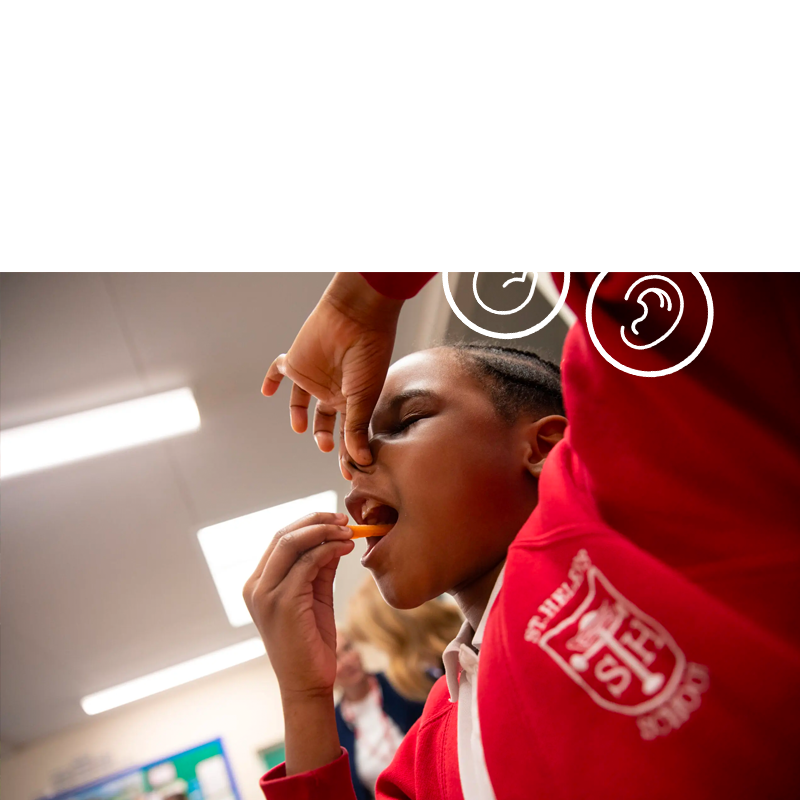
Kids in the Kitchen
Children who help to prep and cook veg are more likely to eat it. If you feel your child is ready to help and could benefit from it, keep the stress and mess to a minimum by choosing one simple task for them to do as part of the prep, meaning they can be involved and feel like the recipe is in part ‘theirs’, but also not make the process too much longer or more complicated.
For a younger child, why not try out the process of ‘salting’ aubergine to make them less mushy when they cook? Give them some cubed or sliced aubergine to pop in a colander in the sink and let them sprinkle over some salt. Check in half an hour and see what has happened and how different it looks. Give them some kitchen roll so they can pat it dry, then let them toss it in a bowl with a little oil before you cook it.
For an older child, it could be a great opportunity to teach some essential knife skills. Show them how to use the bridge grip to slice in half lengthways, then use the claw to chop into cubes or slices. If they are feeling keen, you could then let them toss in a little oil and salt and lay on a tray to roast for a yummy side dish or to stir through sauce for pasta.
Use our Kitchen Ninja chart and videos to find simple ways for kids to help in the kitchen.


Your Food
Find your go-to meals in our family favourites section and see what veggies work best with them.
Find out how to add more veg to your suppers here.
Recipes

If You Like Aubergine…Try
Does your child enjoy aubergines? That’s great! Aubergines are usually savoury, slightly bitter if left unsalted or cooked with the skin on, and soft, so why not try a similar texture and/or taste…

Serving
The moments before food is offered can be a perfect opportunity for engagement that can help make it more likely a child will eat it!
The first thing to do is remove the pressure. If the veg doesn’t get eaten, it’s not the end of the world. There will be other days, other dinners, other chances. Fun is key here – try not to worry about mess, perfect table manners, or playing with food. Instead, focus on making the process of getting the food to the plates, readying the table, and the actual eating relaxed.
The best principles for success here are the Three Rs (role modelling, rewarding, re-offering) which you can read about here.
But there is one more way you can serve for success, and that is giving your child a role. You don’t have to do this every time, just encourage them in their strengths through it when you can.
Here are some of our favourite ideas:
Design a menu
Come up with a silly name or story for a dish
Help with making a meal plan and choosing veg for dinners or snacks
Help to serve up the meal on dishes, lay the table or create a centrepiece to be involved in the physical ‘serving up’ process
The Wonderful World of Veg
Check out our vegepedia. When to buy in-season. How to store them to keep for longer. How to engage children with each veg, and simple ideas of how to prepare and cook them for maximum taste and minimum waste. Select a veg…



